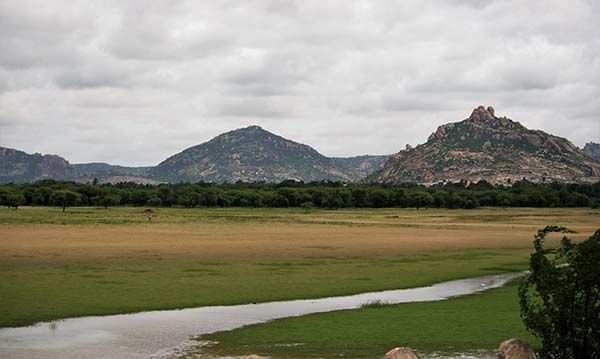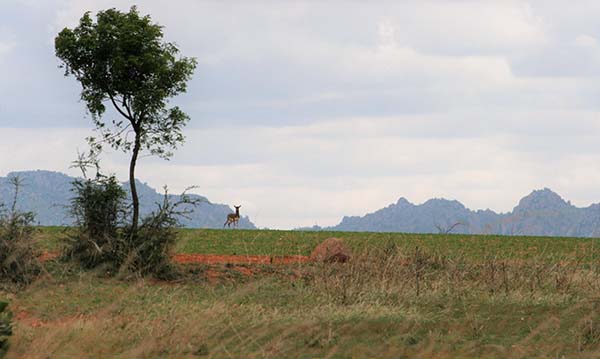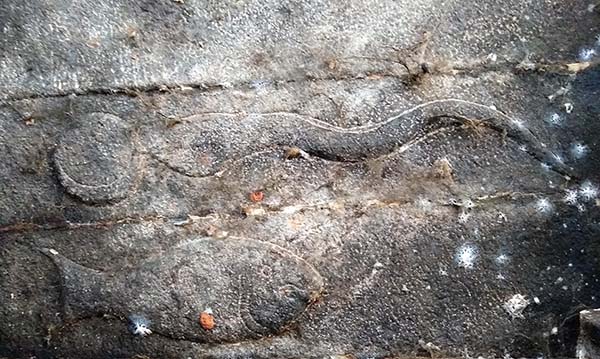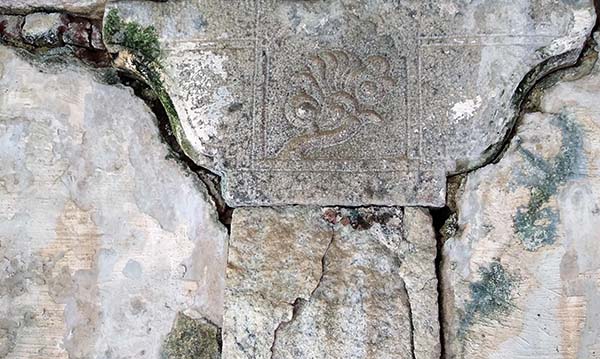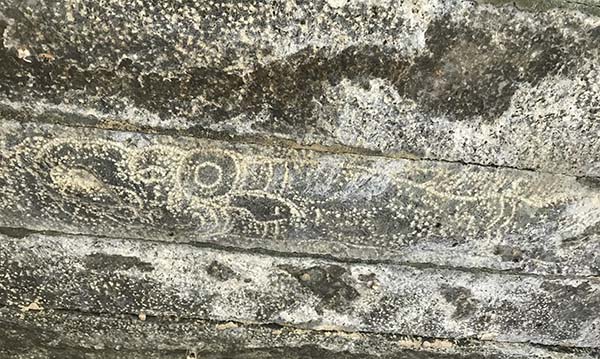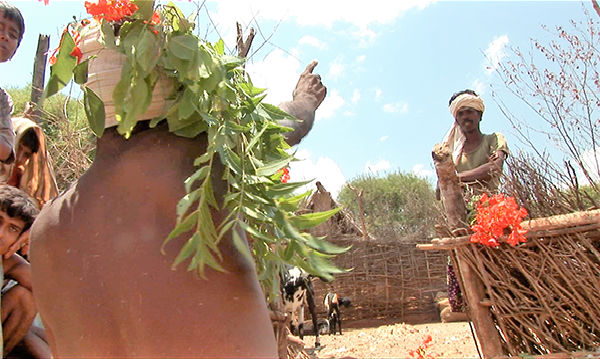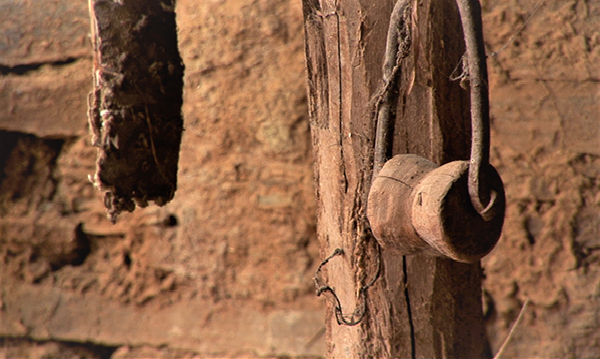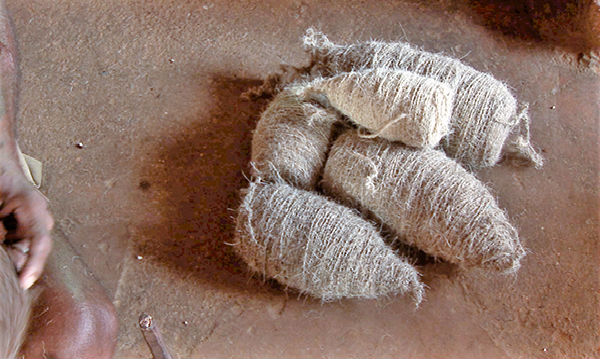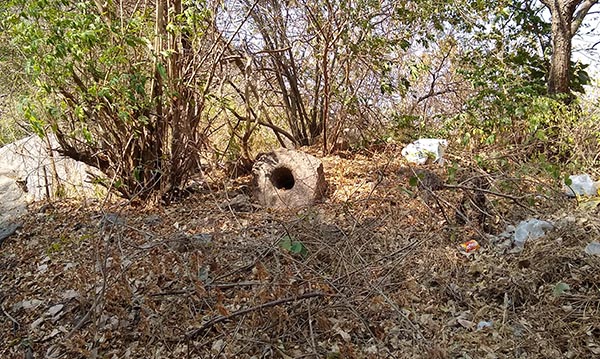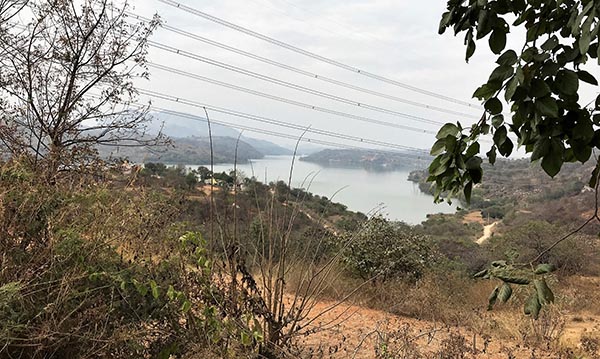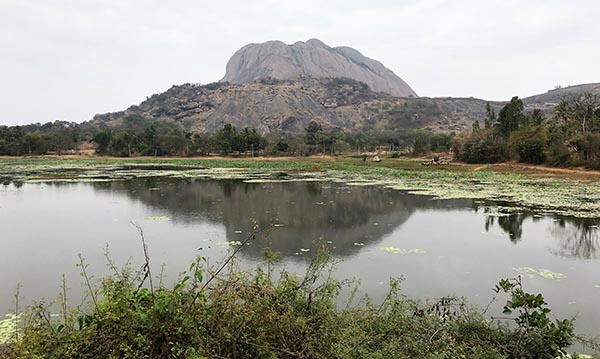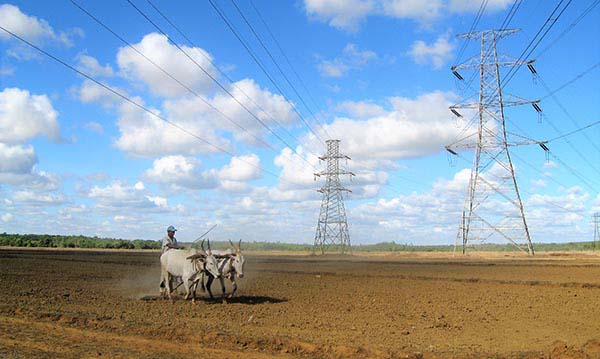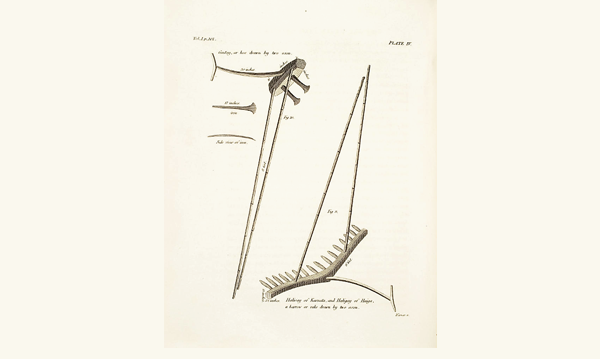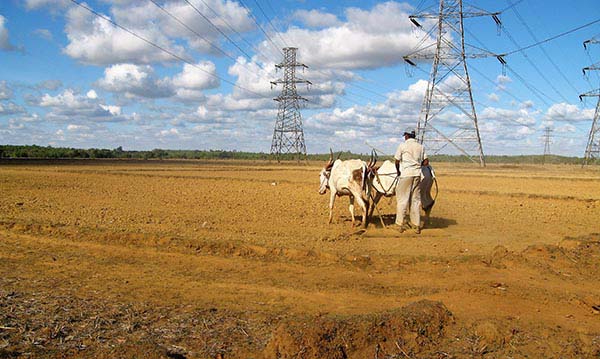Walking in Buchanan's Footsteps
We recall some of our insights into lives, livelihoods and landscapes of southern India as we retrace the Journey of Francis Buchanan (1800-01). Read our piece published in Live History India in February 2019.
Choultries, Chatrams and Mantappas
Our search for Veera Perumal Pillai Choultry or what is now called Pillai Chatram on Buchanan’s route not far from Chennai (then Madras) opened up new insights into this important pre-colonial institution. Unfortunately, the condition of the two chatrams that we visited, i.e. Pillai Chatram and another at Ocheri (then Wochuru) were to put it simply, pathetic. While the one at Ocheri had almost completely disappeared, the Pillai Chatram is literally crumbling down. We made two visits to the Pillai chatram, the first c. 2007 and the next in 2019. In the last decade, it seems to have deteriorated at much greater pace than it had in the last 200 years, the time when Buchanan had stopped for a couple of nights on his Journey of 1800-01. The need to preserve and inform people of these economic and social institutions of pre-colonial India are more pressing than ever.
A Looming Past
“A Looming Past” weaves together a multi-layered narrative of the lives of traditional coarse blanket weavers in a small southern Indian village in Karnataka State, Yaravarahalli. Coarse blanket weaving is a traditional caste-based occupation that continues to be practiced as it has been for centuries with almost no technological encroachment. To our surprise, we found Francis Buchanan’s description in the Journey of the blanket weaving process being practiced to this day. This documentary not only shows the ancient process of blanket weaving but also subtly reveals the relationship between the weaver and shepherd as well as the weaver and trader. An ancient occupation that has withstood the onslaught of the Industrial Revolution and colonization now stands at the threshold of globalization and rapid economic growth of the Indian economy. The effect of these forces is already being felt on coarse blanket weaving with the abandonment of looms in several neighbouring villages.
A Short Journey to Ramnagara
Just 50 kilometers from Bangalore is the small town of Ramanagara. Buchanan had stoped by at this town, then a village, providing interesting details on its location, the hill adjacent to the village and the temple atop the hill. He had also recorded the existence of the Chensu tribe or Iruligars, who have now been resettled in a colony a little away from the main town, at the base of the Ramagiri hill or Ramadevarabetta. Interestingly, the hill is now a reserved forest and is home to critically endangered vulture. On his onward journey from Ramanagara to Bangalore via Magadi, Buchanan visits iron smelting sites at Ghettipura (now Gattipura) and the forests of Savandurga. We stopped at Gattipura. Although we located the smelting sites, we were disappointed that we were unable to see the furnaces, which according to the villagers had just been covered under a hedge portioning pieces of agricultural land.
Estimating Agricultural Productivity
In 1800 and 1801 Francis Buchanan conducted one of the first agricultural surveys in the erstwhile Mysore state and its adjoining regions. By subjecting data contained in his survey to rigorous analytical study, estimates of agricultural productivity in terms of per capita grain output for two regions in Southern India; the erstwhile Mysore state and South Canara district can be obtained. Given that reliable estimates of agricultural productivity for the pre-1800 period outside of North-West Europe are relatively sparse, the present study adds to the archive of known estimates of agricultural productivity so as to enable comparative studies of economic performance. Moreover, since agricultural productivity had a direct bearing on the standard of living in medieval and early modern economies, the findings of this paper have important implications for India’s position in the Great Divergence debate.


